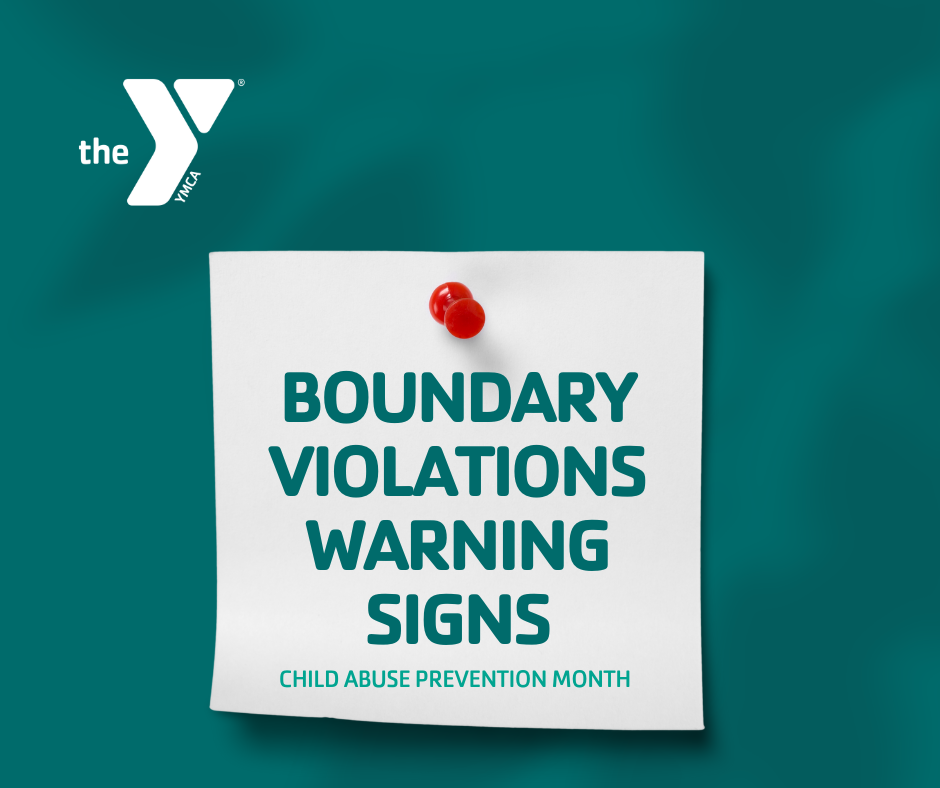At the Y, creating safe spaces for youth to learn, grow and thrive is our top priority. Kids need a safe space now more than ever, and we take pride in the measures we’ve taken to help keep your kids safe. Here are some important tips for parents to know as we work together to keep kids safe from abuse.
Offenders seek three things in order to abuse: access, privacy and control. What does this mean for a parent?
- Know who has access to your children. For example,
- When your children are at school, what are the school’s procedures for screening staff, volunteers, parents, etc.?
- When your children attend a sleepover, who will be in the home?
- Know what type of privacy is allowed. For example,
- When your children play sports, can the coach be alone with a player?
- When camp is over, can the counselor text your child?
- When the program ends, is one adult ever alone with one child?
- Know how offenders gain control through boundary violations. For example,
- Physical boundaries violations – Excessive tickling, hugging, massaging, etc.
- Emotional boundaries violations – Spending too much time with them; acting possessive; sharing personal information to make a child feel they have a special relationship, sending excessive or inappropriate texts or messages
- Behavioral boundaries – Offenders manipulate kids into doing things they wouldn’t otherwise do, such as: – Sneaking around – Keeping secrets – Looking at pornography – Use of drugs or alcohol

